Suppose you’re learning a skill like algebra, programming or drawing. Consider two different strategies for studying:
- Examples first. Before you try anything on your own, study examples of how other people solve similar problems.
- Problems first. Before looking at any examples, try to solve the problem independently. If you fail or don’t get very far, then learn how others approach it.
Which strategy works better?
Although this sounds like a simple question, it’s hotly debated. Entire books have been written with researchers on each side arguing which works better. Like me, I’m sure you have some intuitions about this—after all, you’ve spent a lot of time learning things. Which do you think would work better?
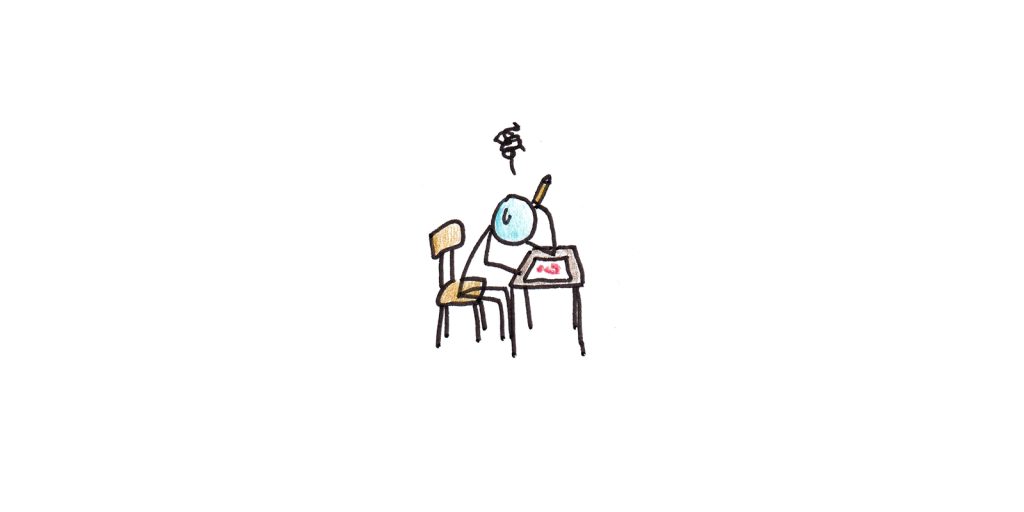
Examples First: The Power of Direct Instruction
The intuition behind seeing examples first is obvious. Nearly every problem is easier if someone shows you how to solve it first.
Two bodies of research back this up. The first is Direct Instruction (DI), an instructional method developed by Siegfried Engelmann and others. DI starts by breaking complex skills into atomic components and carefully illustrates these components with examples before giving students lots of practice on those pieces. When students fail to learn, DI assumes the problem is usually with the lesson, not the student.
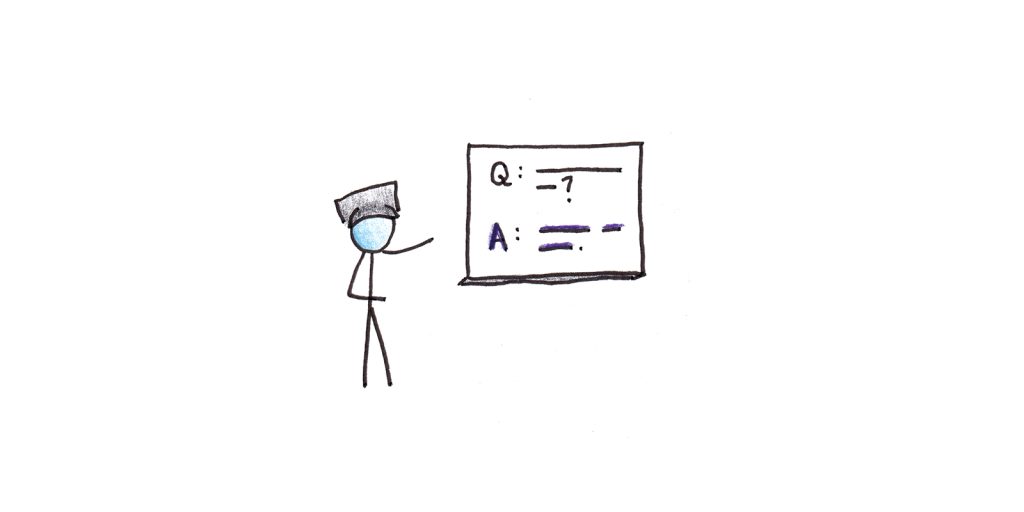
Studies of Direct Instruction are largely positive:
- Project Follow Through, the largest-ever educational experiment performed in the United States, compared various teaching programs and found that Direct Instruction performed best.
- Since then, countless studies find Direct Instruction improves student performance, particularly for weaker students.
- John Hattie’s Visible Learning, which reviewed over 800 meta-analyses in educational research found that positive effects of Direct Instruction were among the largest of interventions that have been studied systematically.
The other significant body of evidence for this approach is cognitive load theory, which I reviewed in-depth here. The worked-example effect finds that novices learn more from studying solutions than solving problems themselves.
The value of examples-first is highest in the beginning phase of learning. As students gain more experience, they benefit more and more from practicing on their own. This “expertise reversal” effect implies that what works best depends highly on the student’s prior experience. For this reason, strategies like Direct Instruction switch from giving examples to providing practice as classes move on.
Problems First: Can Failure Be Productive?
The intuition behind solving problems first is also self-evident: how can you learn to solve problems yourself if you are always told exactly how?
Researcher Manu Kapur argues that students learn better if they first experience “productive failure.” The idea here is to have students work in groups on a difficult problem. Not knowing how to solve it, they will most likely fail. After this experience, they are offered examples and instruction and given a chance to try again. Kapur’s research finds productive failure beneficial in a range of experiments.
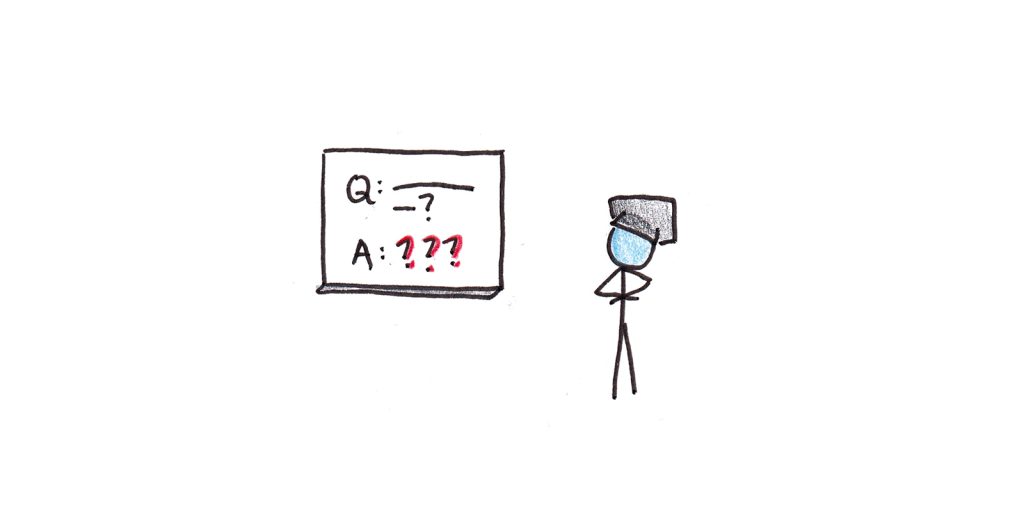
Along similar lines, Dean Schwartz and John Bransford advocate for students to try to invent a solution before being told the best approach. They argue that such experiences foster greater transfer, by allowing students to experience trying to solve a problem before being taught the best method.
Theoretically, there are a few reasons we might suspect a problems-first approach works better in some cases:
- Activation of prior knowledge. If you already have some knowledge of how to solve a problem, directly trying to solve it will force you to try to retrieve that knowledge. This may make integrating a taught solution easier.
- Conceptual understanding. Seeing a problem first may make it easier to understand the conditions where the solution applies. This may assist later transfer to similar problems in different contexts.
- Motivation and engagement. Students may tune out if they only study worked examples. In contrast, it’s impossible to solve a problem without cognitively engaging with the material. Active learning has benefits in controlling attention.
Which Side is Right? Does It Even Matter?
Having read way too much material covering this debate, I can confidently say that I have no idea which approach is better. However, the winner here matters less than some might believe.
For starters, it’s abundantly clear that both practice and instruction are necessary for effective learning. Advocates of Direct Instruction make ample room for practice after seeing examples. Studies that support a problem-first approach still require that the student is eventually shown the correct answer.
Thus, we can immediately rule out extremes. Pure discovery learning, where students are never shown instructions or examples, fails miserably. In a classic example, students who spent considerable time on LOGO programming practice without instruction still did poorly on simple problems. In light of these results, researcher Richard Mayer argues that there should be a “three strikes” rule against unguided learning.
Similarly, learning requires practice. As psychologists Herbert Simon, John Anderson and Lynn Reder remark, “Nothing flies more in the face of the last 20 years of research than the assertion that practice is bad.”
Regardless of the optimal procedure—either see an example, then do practice, or attempt a solution, then see the example—both ingredients are necessary.
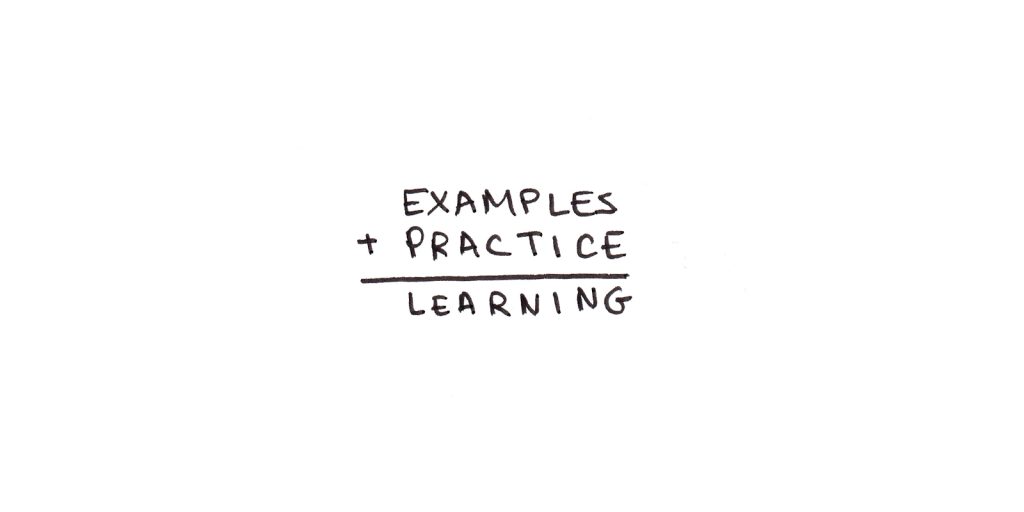
Designing Your Practice Loop
Recently, I shared a post where I argued for See->Do->Feedback as the backbone of any learning strategy. I got a few objections from readers who contend that you short-circuit the struggle in solving hard problems when you see examples before attempting a solution. Isn’t such grappling necessary for learning?
The difference between See->Do->Feedback and Do->See->Feedback, however, may not be significant. If the process is indeed a loop, you’re continuously cycling back and forth between seeing examples and trying it for yourself. The timing and sequencing are things you can tweak as you go along.
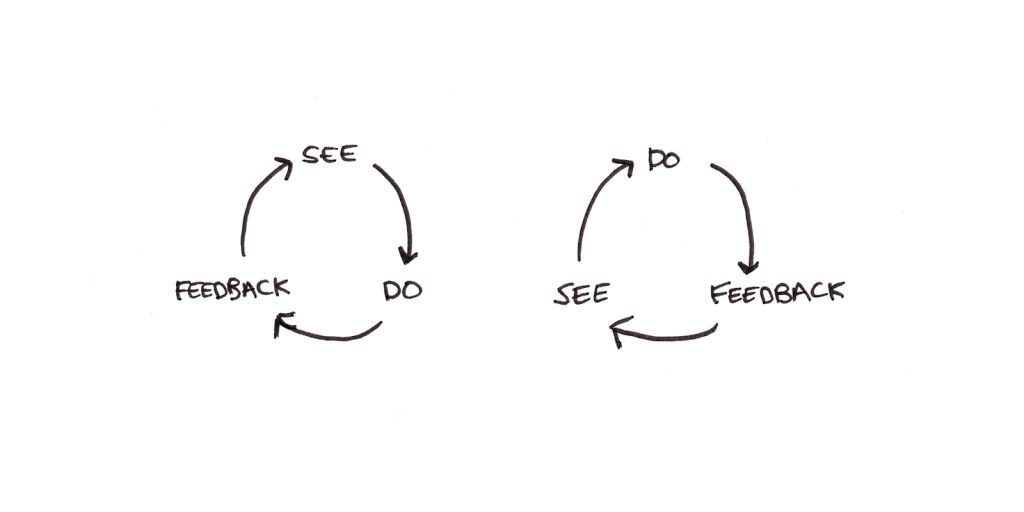
Early on, struggle may help you get a sense of the problem, but you’re unlikely to arrive at the best answer spontaneously. In that case, difficulty can become undesirable. Even if you can figure out how to solve a problem, you may still benefit from seeing an example. Work in cognitive load theory suggests that studying the “correct” example is beneficial because it helps you learn the general pattern for solving that type of problem.
Later, as the material gets more manageable and you become more comfortable with it, there are increasing benefits to learning by problem solving. You already have more knowledge in your head, so you’ll get the advantages of trying to retrieve that knowledge when formulating a solution. Also, practice is the only way to build fluency in the component skills used in solving the problem.
Learning: Supply and Demand
I think the constellation of research I’ve reviewed here supports the idea that there are two distinct points of difficulty in learning:
- Failures of instruction. When instruction is omitted or insufficient, students struggle.
- Failures of initiative. Without active engagement by the student, lessons may be wasted.
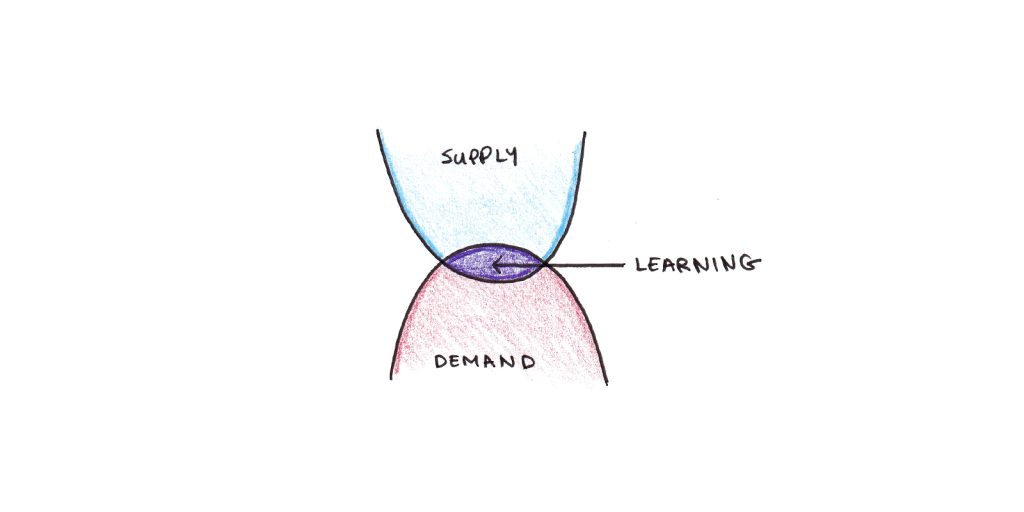
I like to imagine this as a meeting of supply and demand. For learning to happen, there must be a sufficient supply of knowledge to make successfully acquiring skills possible. At the same time, if there’s no demand to use that knowledge learning is often superficial.
Problems of knowledge supply come when you’re trying to “wing it,” attempting to find reasonable solutions to problems when you don’t feel like you have the right training. In these cases, seeking out good mentors, peers, or even structured classes can be powerful if your aim is more than “good enough.”
Problems of knowledge demand come when you consume information and never use it. Collecting cookbooks instead of making meals. Buying a phrase book rather than speaking a language. Watching videos on YouTube instead of doing the real thing.
The best thing you can do to improve your learning is to have all three ingredients: instruction, practice, and feedback. If you’re lacking one of these, ask yourself how you might seek it out and structure it into your efforts to get better. Only when you have access to all three does it make sense to fine-tune the sequence.


 I'm a Wall Street Journal bestselling author, podcast host, computer programmer and an avid reader. Since 2006, I've published weekly essays on this website to help people like you learn and think better. My work has been featured in The New York Times, BBC, TEDx, Pocket, Business Insider and more. I don't promise I have all the answers, just a place to start.
I'm a Wall Street Journal bestselling author, podcast host, computer programmer and an avid reader. Since 2006, I've published weekly essays on this website to help people like you learn and think better. My work has been featured in The New York Times, BBC, TEDx, Pocket, Business Insider and more. I don't promise I have all the answers, just a place to start.